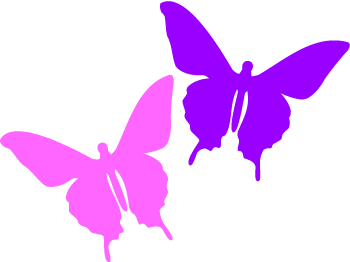top of page
Butterfly populations are a very good indicator of the health of an area's ecosystem !!
Also known as Miyamashijimi in Japanese,
Plebejus argyrognomon inhabit grassy flowery places at an elevation of 200 – 1,500 m. (660 – 4,920 ft) above sea level, and fly in 2 broods, around May - August, although in Switzerland the second brood is rare.
They are very selective and prefer abandoned fields where there is evidence of scrub regeneration. Subsequently, the butterfly is unlikely to frequent distrubed roadside locations, preferring older habitats that are allowed to mature.
They typically rest on blades of grass.
These small butterflies are very good examples of sexual dimorphism.
The dorsal side of the wings is violet blue in males, with a narrow, black border and a white fringe, while in the females it is dark brown, with black bordered orange lunules at the outer edge, especially visible on the hindwings.
The ventral side of the wings is light beige in both sexes, with several black spots surrounded by white, an orange stripe and a marginal series of black spots pupillated in silvery blue green. Their caterpillars are pale green with orange brown longitudinal stripes, up to 20 mm. long.

Diet: caterpillars lives on Crown Vetch, Coronilla varia and Astragalus glycyphyllos.
Avg. wingspan: 28 – 34 cm / 1.1 – 1.33 “
Family: Lycaenidae
The single biggest threat to butterfly survival is habitat destruction!!

bottom of page



